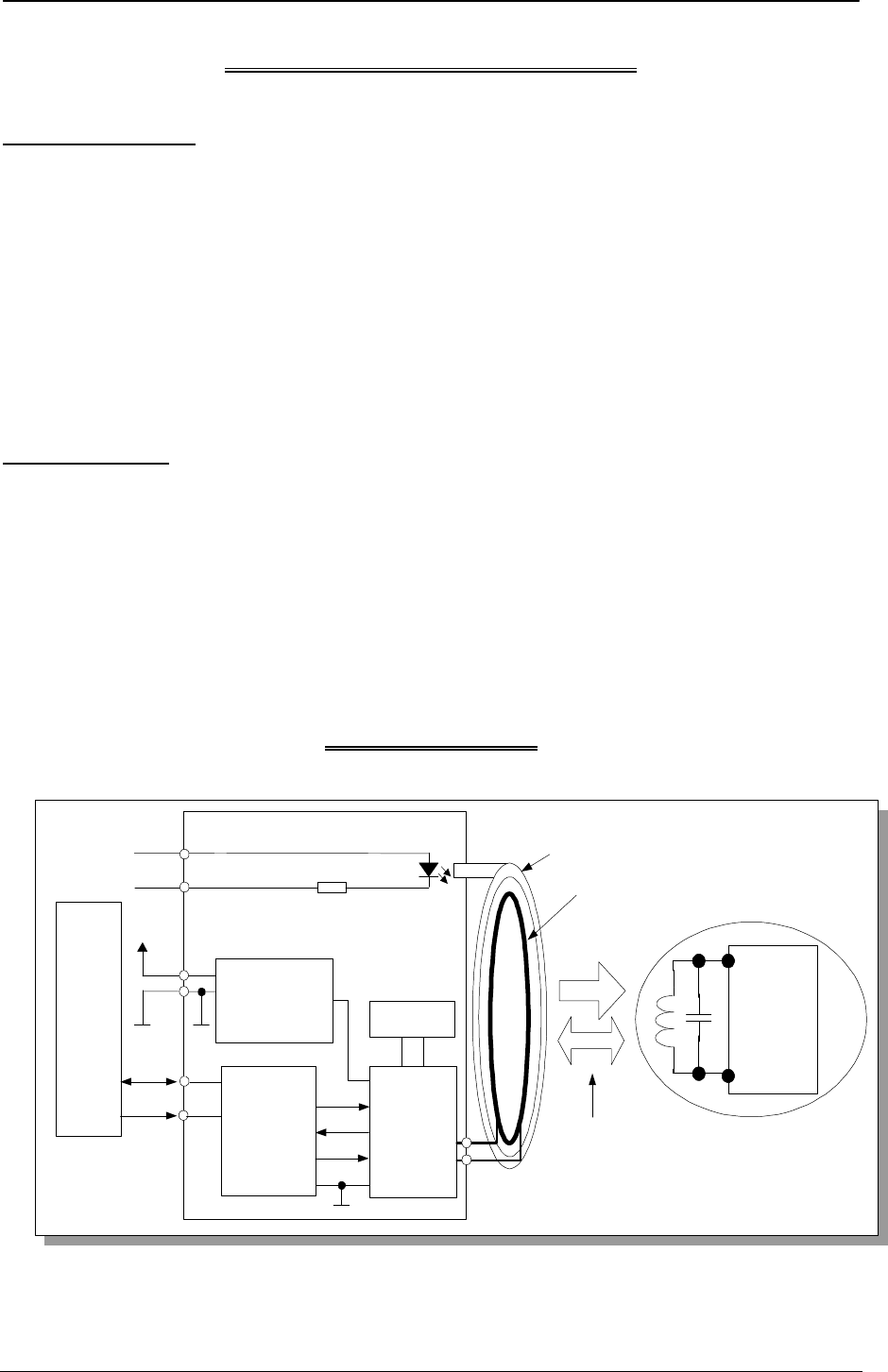Continental Automotive 5WK49182 Immobilization system User Manual technical manual
Continental Automotive GmbH Immobilization system technical manual
technical manual
Annex No.5
Functional Description
User Manual

SIEMENS VDO Automotive AG SV C BC P2 RF TG
IC: 267T-5WK49182 FCC ID:KR55WK49182
File: I:\POSTZULA\Suzuki\Technical Documentation\Functional_description_Gasoline.doc Page 1 of 4
Functional Description /
User Manual
of
SIEMENS VDO
Immobilization system
type Suzuki Gasoline

SIEMENS VDO Automotive AG SV C BC P2 RF TG
IC: 267T-5WK49182 FCC ID:KR55WK49182
File: I:\POSTZULA\Suzuki\Technical Documentation\Functional_description_Gasoline.doc Page 2 of 4
FUNCTIONAL DESCRIPTION
System Components
The Suzuki Gasoline immobilization system consists of the immobilizer antenna, a trans-
ponder and the Engine control unit. The immobilizer antenna is located on the vehicle’s
ignition lock. The transponder is located within the ignition key. The transponder is magneti-
cally coupled to the immobilizer antenna. The immobilizer antenna is connected to vehicle
power and to vehicle ground via a wiring harness and to the Engine control unit via serial
interface.
For the illumination, a side LED which is connected to a light pipe is used. The LED is pow-
ered externally via two resistors.
System Operation
This immobilizer system is a passive immobilization system. The immobilizer antenna uses a
magnetic couple to read the transponder’s identification code. The immobilizer compares the
identification code received from the transponder via immobilizer antenna with identification
codes stored in its non-volatile memory. If the identification code from the transponder
matches one of the identification codes stored in memory, the immobilizer sends a “Valid
Key” message to the Engine Management System controller. If there is no match, the im-
mobilizer sends an “Invalid Key” message to the Engine Management System controller.
This causes the Engine Management System to turn off the engine.
Block Diagram
Security
Transponder
Chip
PCF7936AS
Key
LF Antenna
Advanced
Basestation
IC
PCF7991AT
Illumination ring
Resonator
Serial
Interface
ECM
Power Supply
5V - Regulator
Kl.15
Immobilizer
CLK
RXD
TXD
SCI
SCLK
5V
12V
GND
LED +
LED -
Yellow LED
for Illumination ring
Energy
Data
Inductive Link
f = 125 kHz

SIEMENS VDO Automotive AG SV C BC P2 RF TG
IC: 267T-5WK49182 FCC ID:KR55WK49182
File: I:\POSTZULA\Suzuki\Technical Documentation\Functional_description_Gasoline.doc Page 3 of 4
Variants
type designation remarks
5WK49182 immobilizer antenna with LED assembled
5WK49181 immobilizer antenna without LED assembled
Both variants use the same pcb, schematic and layout. They differ only in the assem-
bly of the illumination LED ring which does NOT influence the RF characteristics of
the immobilizer.
Technical Data
Carrier frequency: 125 kHz ± 2kHz
Carrier field strength: < 40dBµA/m @10m
Modulation: ASK
Supply voltage: 12 V
Battery type: Car battery
Range: < 55mm
Typical usage pattern
50 immobilizer operations in 24 hours with a typical transmission duration of 0.12
seconds → 6 seconds transmission duration in 24 hours → 0.25 seconds transmis-
sion in 1 hour
Transmitter ON 0.25 seconds / hour
Transmitter OFF 3,599.75 seconds / hour
Duty Cycle: TON / T (ON+OFF) x 100% = 0.25 / 3,600 x 100 % =0.006 %
NOTE
Changes or modifications not expressly approved by the manufacturer could void the
users authority to operate the equipment.

SIEMENS VDO Automotive AG SV C BC P2 RF TG
IC: 267T-5WK49182 FCC ID:KR55WK49182
File: I:\POSTZULA\Suzuki\Technical Documentation\Functional_description_Gasoline.doc Page 4 of 4
Label Design
Siemens VDO
5WK49182
FCC ID:KR55WK49182
IC:267T-5WK49182
This device complies with part 15 of the
FCC Rules and RSS-210. Operation is
subject to the following two conditions: (1)
This device may not cause harmful
interference, and (2) this device must
accept interference received, including
interference that may cause undesired
operation.
Siemens VDO
5WK49182
Model: 5WK49181
FCC ID:KR55WK49182
IC:267T-5WK49182
This device complies with part 15 of the
FCC Rules and RSS-210. Operation is
subject to the following two conditions: (1)
This device may not cause harmful
interference, and (2) this device must
accept interference received, including
interference that may cause undesired
operation.